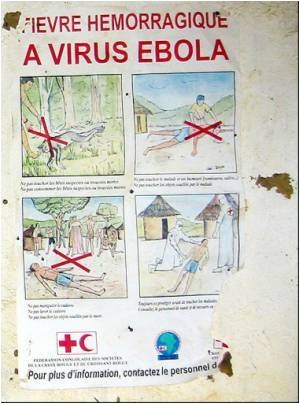I digress.
I'm always trying to find topics for this blog that are relevant to my life or current events. Not only does it make it easier for me to choose, but maybe it'll also give you a little insight to what my life is like as well... not that that is the reason you're reading this or anything. Even though science is one of the most egotistical communities, science is about the subjects itself, not the scientists themselves.
(As I typed that sentence, I had a brief flashback to my physics course in college. The very ancient professor was absolutely obsessed with Einstein, and spent most of the class telling us about him as a person, instead of his works. That professor died a few weeks after the quarter ended. I don't believe in anything having to do with religion, but I hope Dr. Good (or his atomic makeup) is somewhere in the universe, hanging out with Einstein, just how he always wanted.)
So, the relevance of this topic is a bit obscure, but hey, that's what science is all about! A new friend of mine leaves for a never-ending backpacking trip, beginning in Iceland, tomorrow. A very close friend of mine leaves for Hawaii tomorrow, and later in the summer is packing up and moving to Sweden. One of my cutest friends will be studying abroad in Germany soon. Some of my friends are on a two month tour through Europe with their band, Comadre. And I, lastly, leave for my short vacation to Australia in less than two weeks. After all this year has thrown at me, the ups and downs, I simply cannot wait to...well..get out. It's winter in Australia right now, and I cannot be more excited about that. That, and well, anything.
With all the stories of traveling, I've decided to dedicate this entry to all my friends and their future explorations by writing about infestations.
Cute!
I've been receiving periodic updates from my friends that are currently gallivanting around the world, all while I select and book my accommodations, and a thought came to mind. Hotels, hostels, buses, random sheets, unwashed clothing and close quarters. Do we know what we're rolling around on? Or rather, what could be crawling around on, embedding itself in, and defecating all over us? Let me tell you about two of my favorites.
Bed Bugs
Bed bugs are found practically worldwide. There are so many different subfamilies within the genus that they are easily spread regionally. Bed bugs are parasitic, nocturnal and hematophagus, meaning they feed on blood, typically of warm-blooded animals. In collecting their blood meal, they use two separate feeding tubes; one to inject saliva containing anticoagulants and anesthetics, and the other to collect the host's blood. Is it just me, or do they sound like tiny vampires?
Bed bugs are also very homophobic. They fertilize females through very violent copulation, essentially piercing the female with its genitalia. Since this is, what I assume to be, a very painful process, the males go to great lengths to avoid any sexual confusion, and secrete an "alarm pheromone" that is used to signal other males in case one accidentally tries to sexually assault another male.
Bed bugs can, and do, feed on humans. After feeding, the site of the bite becomes inflamed, due to action of the inflammatory response to try to heal the wound and avoid infection. The bites can become very itchy, and the wounds are typically torn open through scratching, increasing the probability of secondary infection. Bed bugs infest entire households, and are fond of fabrics, such as bed sheets, upholstered furniture and dark places.
A cuddle puddle of Bed Bugs
Scabies
Scabies, or Sarcoptes Itch Mites, are very tricky little parasites. Scabies mites cause intense itching for many reasons. Initial infestation begins when an impregnated female burrows into the host's skin and lays eggs. The actual burrowing and movement under the skin can cause itching, even though the mites are rarely seen due to their size. Burrows can often be seen on the surface of the skin:
Infestation is usually located in folds or crevices of skin, such as in between fingers, on the underside of the wrist, underarms, under the fold of the breast and butt. Scabies is also classified as a common sexually transmitted disease because it can infest genital areas and can be passed through sexual contact.
Once the female has laid her eggs, they hatch 3-5 days later, and the infestation spreads to other areas of the host's body. The collection of eggs under the skin can cause itching, too, as well as the direct contact with the mite's fecal matter, as most individuals are allergic to it. Much like Bed Bugs, Scabies burrows are very itchy and cause an inflammatory response from the host. The host often tears the wound open through intense scratching, and a secondary infection can occur.
Scabies is spread through direct skin contact with an infested person, sharing bedding. Initial symptoms of severe itching, primarily at night, will usually occur two weeks to a month after contact with the infested person or bedding. Scabies mites spread very easily and rapidly, which means all individuals in a household or shared living space must be treated at the same time. This will eliminate risk of reinfestation.
Scabies mites burrowing in skin
I've decided to stop there since its very easy to get carried away with ectoparasites, and I don't want to completely freak my friends out and ruin their trips. The next time you are planning a trip somewhere, sharing a bed with someone, or sitting on your not-so-hygienic friend's couch, think about the fun things that can infest your skin.
On a side note, one of the places I'll be traveling to has a sea monster! Looks like I'll be spending my entire vacation doing research and waiting to see this 30 foot thing! Exciting!




 S
S


